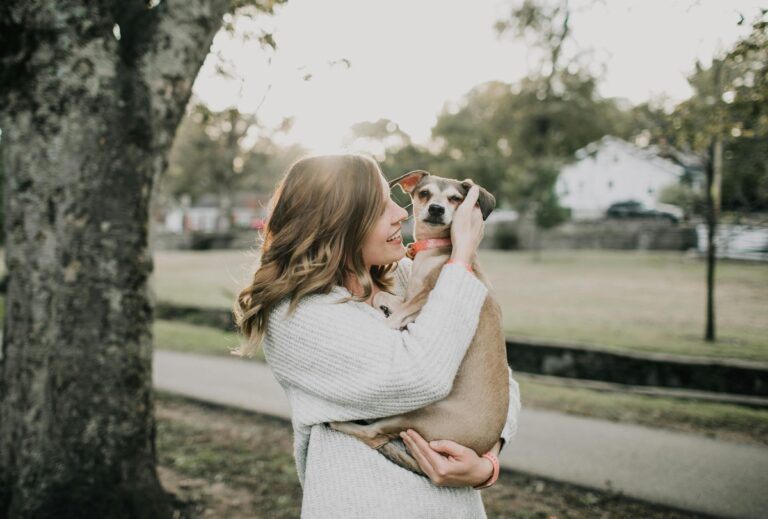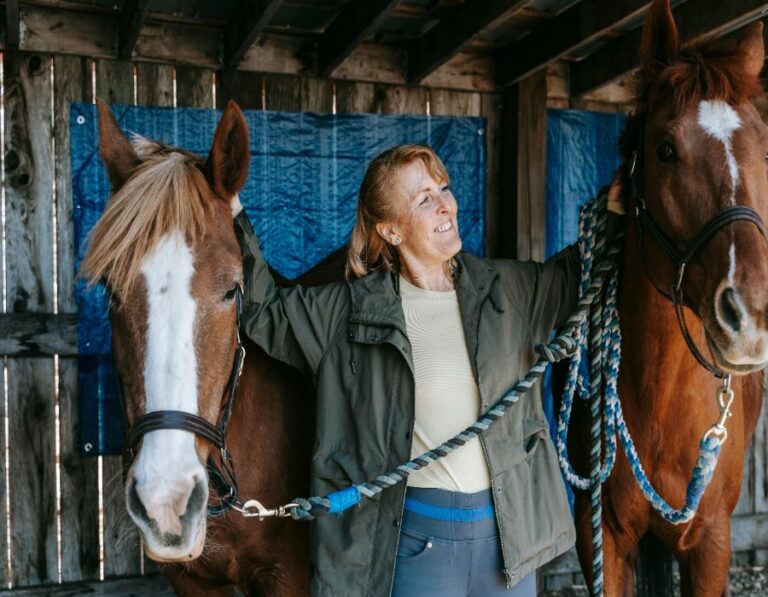7 Ways to Handle Dogs During a Home Renovation or Move
Home renovations and moving can be stressful times for everyone in the household — including your dog. These changes disrupt their familiar environment, routine, and sense of security, which can lead to anxiety, confusion, or behavioral issues. Handling your dog carefully during these times is essential to ensure their comfort and well-being. Here are some practical tips on how to handle dogs during a home renovation or move.
1. Create a Safe and Quiet Space

During renovations, your dog may become overwhelmed by noise, unfamiliar workers, and constant activity. It’s important to create a safe, quiet space where your dog can retreat and feel secure. This can be a separate room or a cozy crate away from the construction area.
Provide familiar items such as your dog’s bed, toys, and blankets to make the space comforting. Use calming tools like white noise machines or pheromone diffusers to reduce anxiety. Keeping your dog isolated from the chaos helps minimize stress and prevents accidents.
2. Maintain Routine as Much as Possible
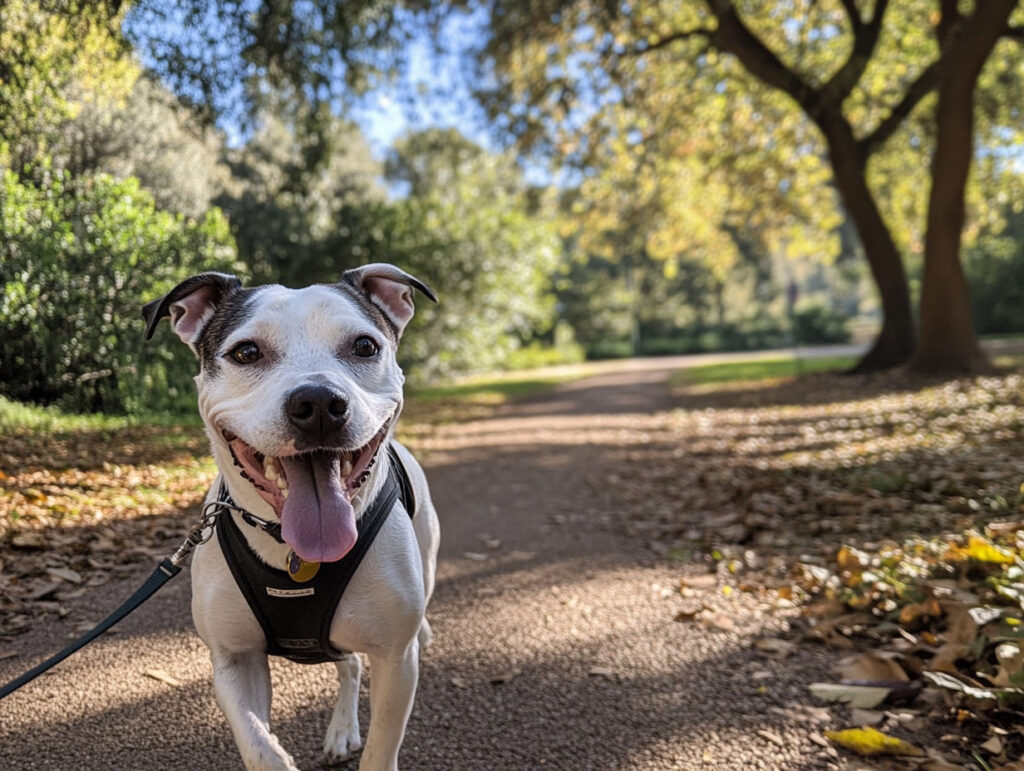
Dogs thrive on routine and consistency. Even if your home is in disarray, try to keep your dog’s feeding times, walks, and playtime as regular as possible. This stability helps provide a sense of normalcy amidst the changes.
Plan renovation work during times when your dog is typically out for walks or asleep. If possible, take your dog to a familiar park or walking trail to give them a break from the noisy environment.
3. Use Professional Dog Sitters or Daycare

During particularly loud or disruptive phases of renovation or on moving day, consider using a professional dog sitter or enrolling your dog in a daycare. This ensures your dog is cared for in a calm environment away from stressors.
Arrange care well in advance and choose providers who are experienced with anxious or sensitive dogs. This temporary change can prevent your dog from developing stress-related behaviors and gives you peace of mind.
4. Prepare for Moving Day
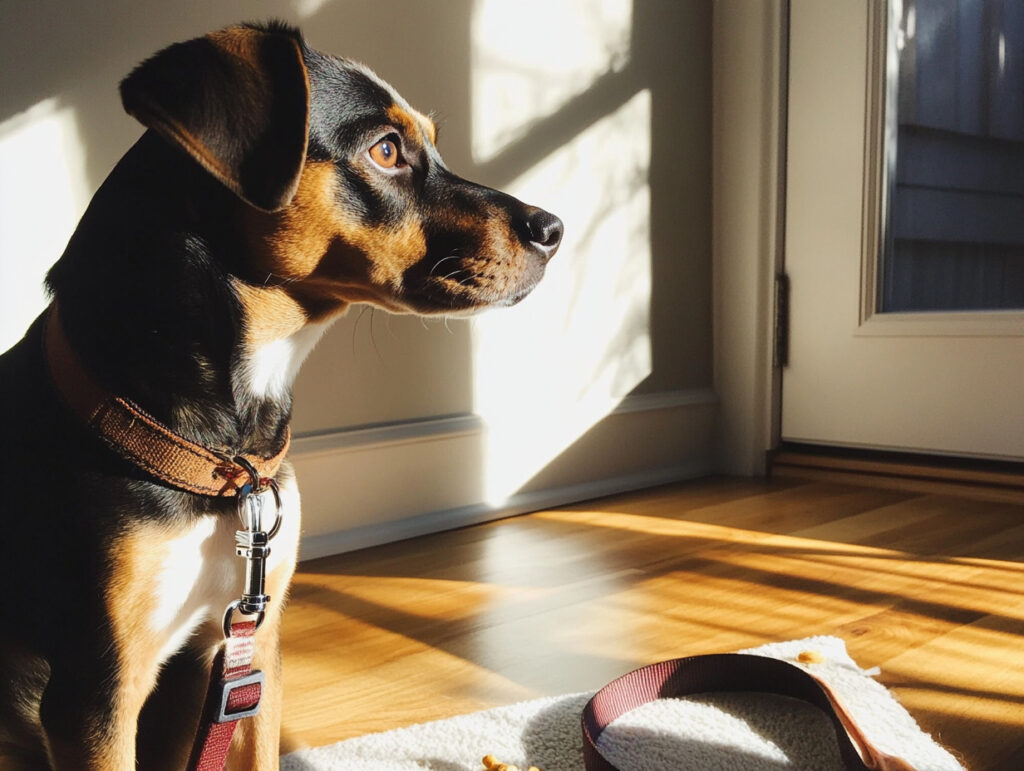
Moving day is hectic and confusing for dogs, with strangers in the home, lots of noise, and changing surroundings. Before the move, prepare a “moving kit” for your dog, including food, water, bowls, leash, favorite toys, and bedding.
Keep your dog in a quiet, secure area during packing and loading. When arriving at your new home, set up their space quickly with familiar items to help them adjust. Spend quality time with your dog to reassure them and rebuild a sense of safety.
5. Introduce Your Dog to the New Home Gradually
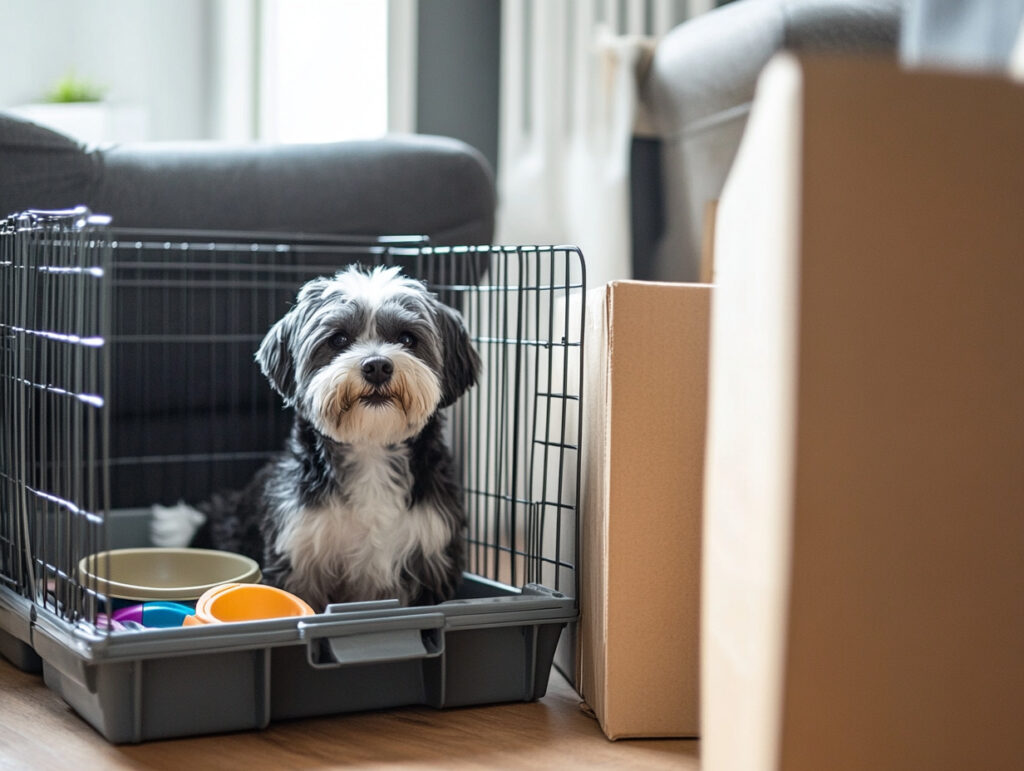
When you arrive at your new home, introduce your dog to one room at a time rather than giving full access immediately. This helps prevent overwhelming your dog and allows them to adjust slowly to the new smells, sounds, and sights.
Let your dog explore each area under supervision, offering treats and praise to create positive associations. Maintain as much of their previous routine as possible to ease the transition.
6. Keep Your Dog’s Exercise and Mental Stimulation High
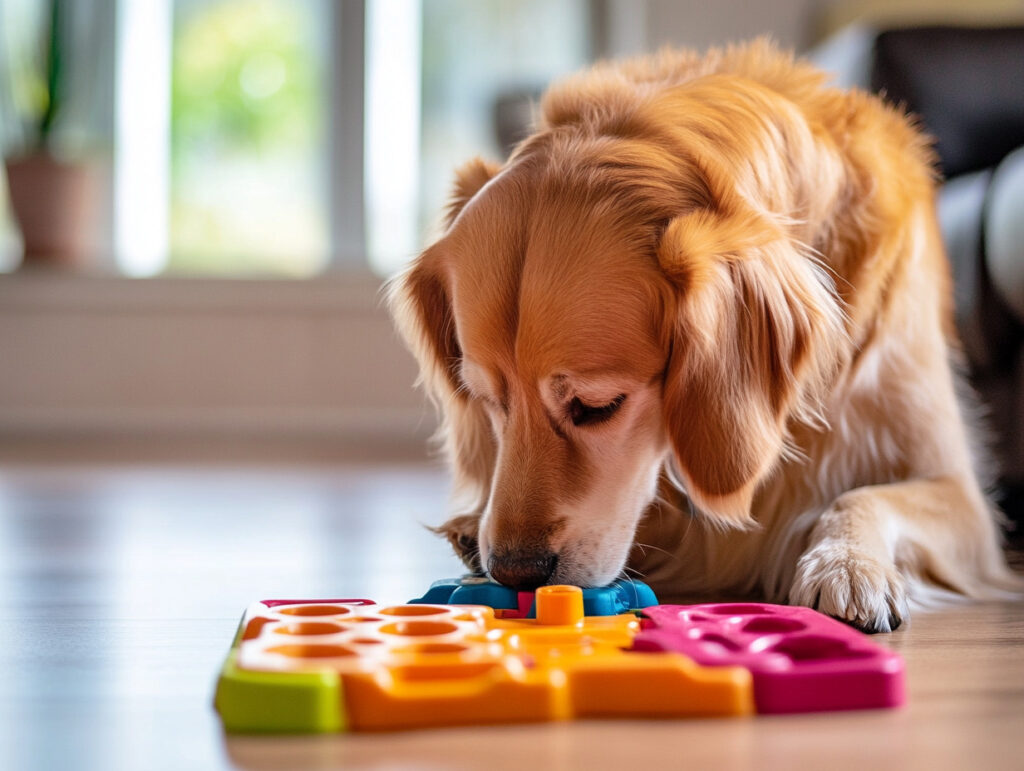
Physical activity and mental stimulation help reduce anxiety and release pent-up energy during stressful times. Regular walks, playtime, and training sessions can help keep your dog calm and focused.
Incorporate interactive toys, puzzle feeders, or obedience training to keep your dog engaged. This helps prevent destructive behavior that may arise from stress or boredom.
7. Watch for Signs of Stress or Anxiety

Be vigilant for signs of stress in your dog, such as excessive barking, whining, panting, pacing, or changes in appetite and bathroom habits. If your dog shows severe anxiety or behavioral changes, consult your veterinarian or a professional trainer for advice.
In some cases, vets may recommend calming supplements or medications to help your dog cope during renovations or a move. Early intervention can prevent long-term anxiety issues.
Making Transition Easier for Your Dog

Renovations and moving are challenging for dogs, but with careful planning and consideration, you can minimize stress and help your furry friend adjust smoothly. By creating safe spaces, maintaining routines, seeking professional help when needed, and offering plenty of love and reassurance, you ensure that your dog stays happy and secure during these big life changes. Remember, your patience and attention will make all the difference in helping your dog feel at home — no matter where that home is.




